Main Courses
To deepen our understanding of how was forged our unique character and colourful culture , it is essential to get to know the barrios and moments that have marked the development of the city over the past centuries. On these tasty but balanced routes, walkers will be able to discover great episodes and monuments, as well as delve into more intimate stories that remain unknown for most.
The Literary Quarter: love, fame and misadventures
The barrio of Huertas, known today as the Literary Quarter, owes its name to one of its main streets, Calle de las Huertas, which reached the area of meadows and orchards located on the eastern side of the old city of Madrid. Due to its markedly popular character, it was the neighborhood where artists and writers lived and used to go out from the times of the Habsburgs to the present day, gaining over the centuries an aura of bohemia and intellectuality that still survives. Numerous theaters and taverns were scattered through its streets, and among its castizo
neighbors in times of the Golden Age was usual to find an impoverished Cervantes, a successful Lope de Vega, or a sarcastic Quevedo; also the innkeepers, merchants, hustlers… also theater actresses who sometimes made them sigh and even go crazy. Hidden between their houses and corners, legendary events took place starring some of the great names of Spanish and universal literature. The taverns and shops alternated with religious temples and convents, dotting the streets of this neighborhood with the palpable vitality that identifies it. Also, in the 19th and 20th centuries the barrio witnessed an incessant parade of artists, intellectuals, craftsmen, bullfighters, and even celluloid stars and celebrities who contributed to its dynamic and exuberant character. Today, it remains as a cultural enclave with charming vintage shops and taverns, which will surprise you with its contrasts, its temples of jazz music, its ancient churches or its unique gems of modernist architecture. Huertas is tasted and enjoyed at every step, and you cannot miss it!
Duration: 2 hours
Lenght: 2 km
This route is at its best at 12 pm, but Madrid at your Feet
is flexible and adapts to you. Book your place or ask more questions here.
Madrid of the Bourbons: eternal landmarks
When the last Habsburg king, Charles II, died with no descendants, started a civil war for the succession in the Spanish throne that resulted in the entry of Philip V of Bourbon, the grandson of French King Louis XIV. From the year 1700, the Bourbon dynasty was established in Madrid with a large Court, which soon had its landmark in the new Versailles-style Royal Palace. Throughout the 18th and 19th centuries, important improvements were made to the infrastructures along with sanitation of many of Madrid's dark streets, changing forever the appearance of the city. These were the times of King Carlos III who gained popularity as the ‘best mayor of Madrid’, and also Joseph I Bonaparte, nicknamed 'Pepe Plazuelas' ... did you know why? Following the reformist and Enlightenment spirit of the moment, some of the first Royal academies, societies and museums were founded, which also made a change on some of the uses and customs of the people. Towering architectures were built, the city was adorned with lush palaces and fountains, and the neoclassical style was applied to most civil and religious buildings. At the city outskirts, where the old doors of the defensive walls were once located, new monumental gates and bridges were erected, symbolizing the opening of Madrid and the triumph of reason. However, the feeling of the slow decline of the empire and the many social and political upheavals stressed the dissatisfaction of the madrileños, who also claimed a particular sense of identity apart from external influences, being this masterfully painted by Goya ... This is a deep, essential part of our history that will amaze you.
Duration: 2 h
Lenght: 3 km
This route is at its best at 12 pm, but Madrid at your Feet
is flexible and adapts to you. Book your place or ask more questions here.










